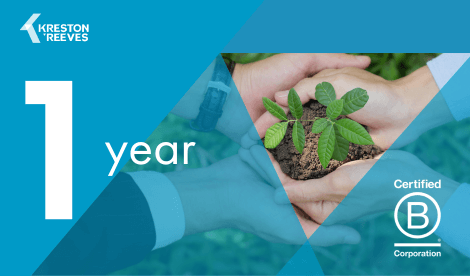16th April 2024 Non-dom regime – time to act now
Following on from the update in March after the Spring... Read more
Suggested:Result oneResult 2Result 3
Sorry, there are no results for this search.
Sorry, there are no results for this search.
View all peopleFollowing on from the update in March after the Spring... Read more
A small team from Kreston Reeves and Brachers were privileged... Read more
This time last year, we were delighted to achieve B... Read more
It is now expected that the Government will call a... Read more
There are many ways to help reduce your income tax... Read more
The demand for new homes is greater than ever and... Read more
This year, a team of 9 are excited to take... Read more
The Education & Skills Funding Agency (ESFA) has published its... Read more
Reclaiming overpaid tax with overpayment relief As the saying goes... Read more
The start of Spring beckons the directors of property companies... Read more
Download this issue for valuable business and commercial insights for... Read more
The Government has announced that the company corporate reporting thresholds... Read more












